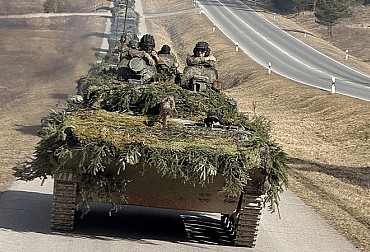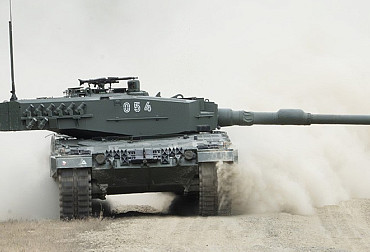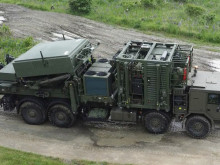Slovakia has launched processes regarding the acquisition of new IFVs. The Czech Army is still in uncertainty
The acquisition of new tracked Infantry Fighting Vehicles for the Army of the Czech Republic is constantly delayed, and thanks to recent events, there are also doubts as to whether the entire tender for the new IFVs will turn out at all. One of the frequently repeated reasons for the constant postponement of testing of the offered vehicles is the pandemic of the covid-19 coronavirus. In Slovakia, which also urgently needs to replace obsolete tracked Infantry Fighting Vehicles (IFV), a static and dynamic presentation of the LYNX KF41 tracked armored vehicle was recently held for representatives of the Slovak Ministry of Defense as part of the planned purchase of new IFVs, despite the coronavirus pandemic.
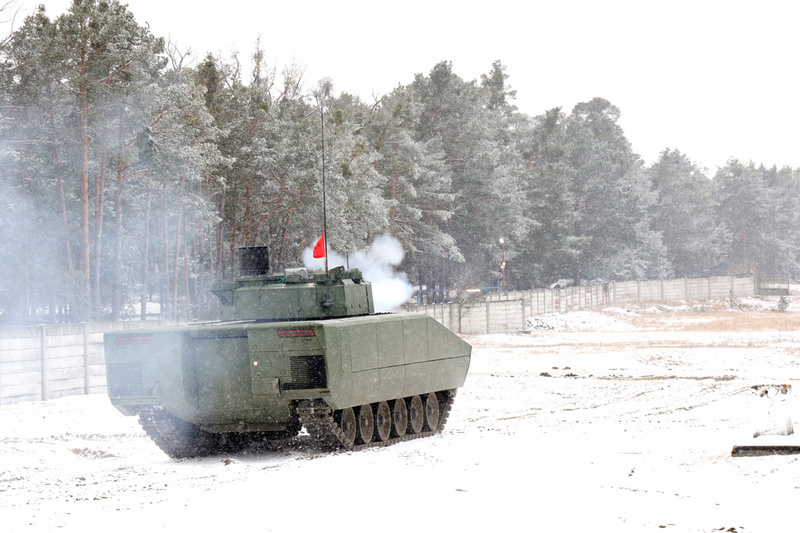 Picture: Slovakia is not wasting time, and as part of the planned purchase of new IFVs, a static and dynamic presentation of the LYNX KF41 tracked armored vehicle was recently held for representatives of the Ministry of Defense of the Slovak Republic. | Ivan Kelement / Ministry of Defense of the Slovak Republic
Picture: Slovakia is not wasting time, and as part of the planned purchase of new IFVs, a static and dynamic presentation of the LYNX KF41 tracked armored vehicle was recently held for representatives of the Ministry of Defense of the Slovak Republic. | Ivan Kelement / Ministry of Defense of the Slovak Republic
The Ministry of Defense of the Slovak Republic has launched processes related to the project of purchasing new Infantry Fighting Vehicles, ie replacement of equipment of mechanized units armed with BVP-1, BVP-2 and BVP M tracked combat vehicles. The selection criteria in Slovakia will of course be transparency, the involvement of the domestic defense industry and, of course, the fulfillment of requirements for new equipment.
In order to select a suitable candidate, the management of the Slovak Ministry of Defense will attend a number of meetings and negotiations in the coming months, including presentations of the required vehicles. The first example was the static and dynamic presentation of the LYNX KF41 tracked armored vehicle by Rheinmetall AG at the Slovak Technical and Testing Institute in Záhorie, which was visited by the representatives of the Ministry of Defense, including the Minister of Defense of the Slovak Republic Jaroslav Naď, State Secretary Marian Majer, as well as the Chief of the General Staff of the Armed Forces of the Slovak Republic General Daniel Zmek. There were also a number of representatives of the Slovak defense industry, including state-owned enterprises.
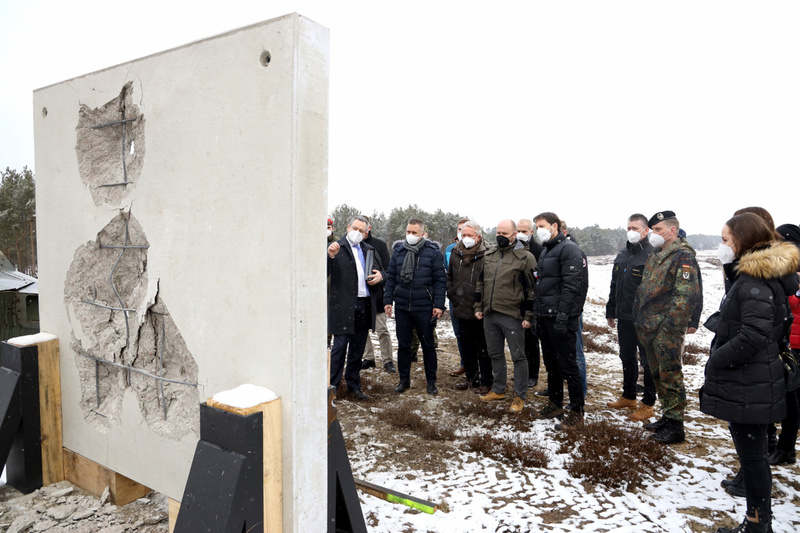 Picture: The first example was the static and dynamic presentation of the LYNX KF41 tracked armored vehicle by Rheinmetall AG at the Military Technical and Testing Institute in Záhorie, which was visited by the Ministry of Defense, including the Minister of Defense of the Slovak Republic Jaroslav Naď, State Secretary Marian Majer, and also the Chief of the General Staff of the Armed Forces of the Slovak Republic, General Daniel Zmek. | Ivan Kelement / Ministry of Defense of the Slovak Republic
Picture: The first example was the static and dynamic presentation of the LYNX KF41 tracked armored vehicle by Rheinmetall AG at the Military Technical and Testing Institute in Záhorie, which was visited by the Ministry of Defense, including the Minister of Defense of the Slovak Republic Jaroslav Naď, State Secretary Marian Majer, and also the Chief of the General Staff of the Armed Forces of the Slovak Republic, General Daniel Zmek. | Ivan Kelement / Ministry of Defense of the Slovak Republic
"In the future, tracked armored vehicles should be the focus of the heavy mechanized brigade, the construction of which is one of the basic commitments to the Allies in improving our armed forces. We approach this, as well as other commitments, with full responsibility - our goal is to select and procure for the Armed Forces of the Slovak Republic fully suitable, modern and reliable technology with the active participation of Slovak companies in this process," Minister of Defense Jaroslav Naď said.
 Picture: "In the future, tracked armored vehicles should be the focus of the heavy mechanized brigade, the construction of which is one of the basic commitments to the Allies in improving our armed forces,“ said Minister of Defense Jaroslav Naď (pictured right) | Ivan Kelement / Ministry of Defense of the Slovak Republic
Picture: "In the future, tracked armored vehicles should be the focus of the heavy mechanized brigade, the construction of which is one of the basic commitments to the Allies in improving our armed forces,“ said Minister of Defense Jaroslav Naď (pictured right) | Ivan Kelement / Ministry of Defense of the Slovak Republic
Thus, Slovaks have an obvious interest in carrying out the acquisition, which is so much needed in our country in the Czech Republic as well. Although negotiations and presentations are starting in Slovakia now, it is quite possible that Slovakia will eventually be more dynamic and faster than the Czech Republic in the acquisition of new IFVs. In addition, the upcoming elections may significantly stir up a number of planned acquisitions, including the purchase of new tracked Infantry Fighting Vehicles.
Given the historical cohesion between Czechia and Slovakia and the current ties with Slovakia, it is also possible to consider whether we could not proceed with the Slovaks in matters of selected new purchases together. In many cases, we have the same types of outdated technology with Slovakia and it would therefore not be out of the question to cooperate within the framework of its modernization. The acquisition of new IFVs could be a project where there is a direct intersection of common interests, which, by the way, we see in other individual purchases of the V4 countries. We may take into consideration that after so many years of joint meetings, negotiations and handing over the V4 presidency, the only real result in the framework of joint purchases is the acquisition of training ammunition for hundreds of thousands of crowns, which was rather symbolic for the Czech Republic.















